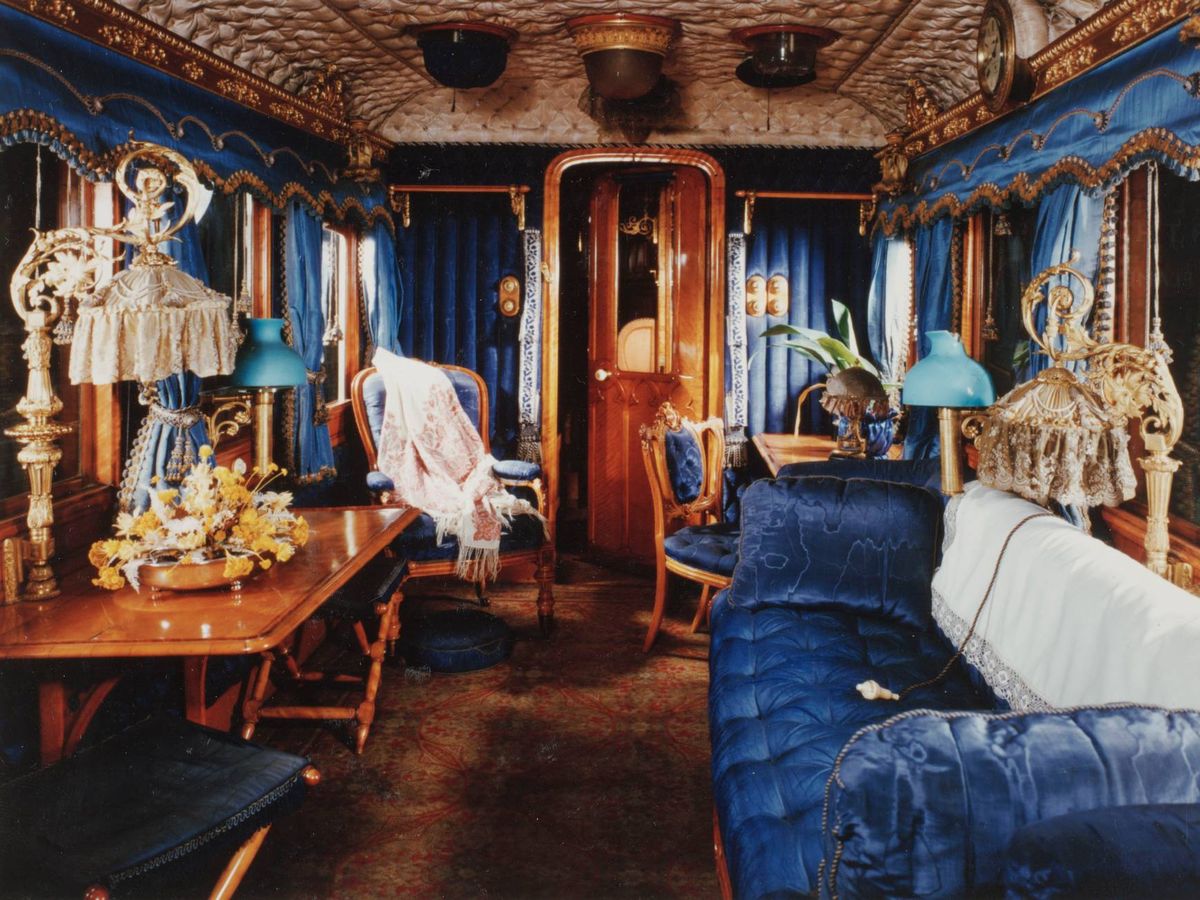By Cally Brooks
In a cost-cutting move, the Royal Train, a favoured mode of transport for Queen Elizabeth II , is set to be decommissioned after nearly 125 years of serving the British monarchy. Fresh figures show the historic nine-carriage locomotive made only two trips last year at a total cost of 拢78,000. According to the Royal accounts released on Monday, the Royal family spent a staggering 拢2.7 million on private flights, helicopter rides, and train journeys in the past year. As King Charles III looks to “modernise” the Royal Family, it has been decided to retire the iconic train in an effort to reassess their finances. James Chalmers, who oversees the Royal finances and is known as the Keeper of the Privy Purse, said: “The Royal Train has, of course, been part of national life for many decades… but in moving forwards we must not be bound by the past.” Although the Royal Family will continue to use the train until the maintenance contract expires in March 2027, Chalmers added, “The time has come to bid the fondest of farewells as we seek to be disciplined and forward-looking in our allocation of funding.” Having been reserved for senior royals on special occasions throughout history, the Royal Train has come to represent a symbol of Royal legacy, discreetly carrying monarchs like Queen Victoria, the first to travel by train, from London to Windsor since 1840 when first used by Queen Consort Adelaide. The Royal Train has been a part of British history, ferrying Queen Victoria’s coffin in 1901 and whisking away the newlyweds Prince Charles and Diana for their honeymoon in the 1980s, reports the Mirror . However, the train’s symbolic value and prestige are increasingly at odds with its economic viability. Royal correspondent Richard Palmer estimates that a single journey could set back the Royal purse by between 拢25,000 and 拢30,000 – figures that are hard to ignore in an era of heightened scrutiny over Royal spending. Moreover, the train carriages would require some pricey upgrades to keep up with the modern rail network. Interestingly, the carriages are older than many trains currently in use by the public, with the newest ones dating back to 1986. The Royal Train is a blend of luxury and practicality. Adorned in Royal Claret and bearing the family crest on each carriage, it boasts bedrooms, bathrooms, a 12-seat dining room, office space, and even quarters for household staff. Despite this, the interiors are surprisingly understated. Former aides have compared some fixtures to those found in a local DIY shop, and King Charles’s private saloon – complete with a sitting room, desk, and full-sized bathtub – is more about comfort than opulence. The use of the train has traditionally been dictated by the monarch, with invites being sparingly handed out. Meghan Markle made waves in 2018 when she became the youngest Royal to join Queen Elizabeth II on the train during a trip to Cheshire. Its history has been highlighted in documentaries such as Secrets of the Royal Train. However, with Charles’s reign increasingly characterised by efficiency and practicality, the Royal Train is set to be permanently sidelined. The Royal Family has recently taken delivery of two new helicopters, and the King has deemed the train to be no longer efficient. Unlike public trains, the Royal Train consumes more energy per passenger, making it an unsustainable mode of transport. The late Queen Elizabeth was said to be fond of the train, preferring to travel and sleep on it ahead of an engagement – rather than stay in a hotel or have to rise early for a helicopter journey. Some of the previous Royal trains are now housed at the National Railway Museum in York, but it remains uncertain where this one will end up. As per the BBC, the historic train will embark on a tour around the UK before it concludes its service, and it could subsequently be put on public display.
